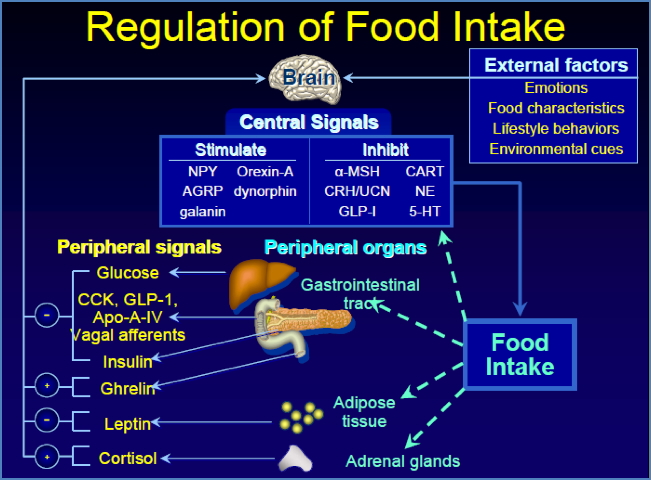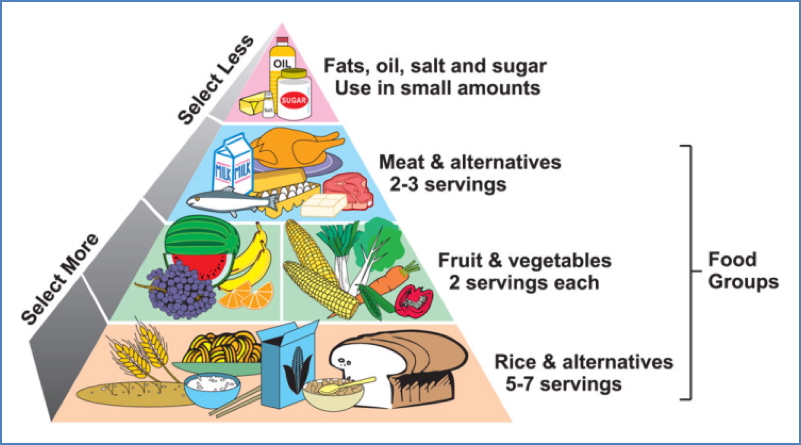Table of Contents
Overview – The Systemic Impact of Obesity
Overweight and obesity are chronic conditions with widespread systemic consequences. As fat mass increases, so does physiological strain, particularly on the cardiovascular, endocrine, and musculoskeletal systems. Weight loss — even modest — can significantly reduce morbidity. This page outlines the systemic consequences of obesity, diagnostic thresholds, appetite regulation mechanisms, and evidence-based treatment approaches, with an emphasis on lifestyle change, patient psychology, and risk reduction for chronic disease.
Definition
- Overweight: Body weight higher than what is considered healthy for a given height.
- Obesity: Excess adiposity sufficient to impair health and physiology.
Assessing Body Weight
Body Mass Index (BMI)
| Category | BMI (kg/m²) |
|---|---|
| Normal | 18.5 – 24.99 |
| Overweight | ≥ 25.00 |
| Obese | ≥ 30.00 |
Note: BMI does not account for fat distribution or lean muscle mass.
Waist Circumference (Preferred Tool)
- More accurate predictor of obesity-related complications, especially visceral fat.
- Healthy Cutoffs:
- Women: ≤ 88 cm
- Men: ≤ 94 cm
Pathophysiology – Effects of Obesity on the Body
- ↑ Fat Mass → ↑ Total Blood Volume → ↑ Peripheral Vascular Resistance → ↑ Cardiac Strain → ↑ Cardiovascular Disease Risk
- ↑ Mechanical Load on Joints → Accelerated Osteoarthritis (particularly in weight-bearing joints)
- Hormonal Imbalances → ↓ Glucose Tolerance → Progression to Type 2 Diabetes
- ↑ Adipokine Dysregulation → Systemic Inflammation → Multi-organ Impact
Regulation of Appetite
Central Signals
- Appetite Stimulating:
- Neuropeptide Y (NPY)
- Agouti-Related Peptide (AgRP)
- Appetite Inhibiting:
- Alpha-MSH (α-MSH)
- Serotonin (5-HT)
- Noradrenaline (NE)
Peripheral Signals

Clinical Management
Goals of Weight Loss
- Improve:
- Cholesterol profiles
- Glucose tolerance
- HbA1c levels
- Blood pressure and lipid panels
The Obesity Treatment Pyramid
- Lifestyle Interventions (foundation):
- Nutritional therapy
- Physical activity
- Pharmacotherapy
- Bariatric Surgery (top-tier option)
Lifestyle Interventions
Nutritional Counselling
- Use food diaries to track:
- Portion sizes
- Caloric intake
- Triggers for overeating
- Alcohol consumption
- No single “best diet” proven for long-term weight loss
- Weight loss = Sustained energy deficit
- Tips:
- Eat low-energy density foods
- Increase fruit and vegetable intake
- Reduce saturated fat and portion sizes
- Eat regular meals, especially breakfast
- Eat slowly
- Self-monitor progress

Weight loss plateaus are common: As weight decreases, energy expenditure also drops, reducing the initial caloric deficit.
Physical Activity
- Reframe movement: “Movement is opportunity”
- Combine aerobic and resistance training
- Benefits:
- Preserves lean mass
- Maintains weight loss
- Improves CVD outcomes regardless of weight loss
- Aerobic fitness halves cardiovascular mortality risk
- Fit but obese > Unfit but lean in terms of CVD outcomes
Psychological Strategies
- Behavioural:
- Self-monitoring
- Problem-solving
- Contingency plans
- Trigger identification (stimulus control)
- Emotional:
- Stress management
- Social support (e.g., family encouragement)
- Cognitive Restructuring:
- Avoid “all-or-nothing” thinking
- Set realistic, achievable goals
- Address body image and self-esteem issues
Bariatric Surgery
Indications
- BMI ≥ 40
- Severe obesity-related complications (e.g., diabetes, cardiovascular disease)
- Failed conservative therapies
Contraindications
- Severe heart disease
- Active substance abuse
- Uncontrolled psychiatric illness
Preventive Lifestyle Measures
To Reduce Chronic Disease Risk:
- Blood Pressure:
- Weight loss
- Exercise
- Dietary improvements
- Weight Maintenance:
- Active lifestyle
- Balanced nutrition
- Nutrition:
- ≥2 fruits/day
- ≥5 vegetables/day
- ≥2 oily fish/week (omega-3)
- Legumes
- Limit saturated fat and alcohol
- ≥800mg calcium/day (may reduce BP in hypertension)
Summary – Overweight and Obesity
Overweight and obesity are systemic metabolic disorders that elevate the risk of cardiovascular disease, diabetes, and joint dysfunction. Management focuses on lifestyle modification, appetite regulation, psychological support, and in select cases, bariatric surgery. Accurate assessment using both BMI and waist circumference helps risk-stratify patients. Sustainable weight loss improves metabolic parameters and reduces morbidity. For a broader context, see our Cardiovascular Overview page.